Sensing the Quary (2025), Sept 9-20 #
Audio and video, 20mins
Jacqui Alexander
Paul Mylecharane
Polly Stanton
Sensing the Quarry is a sound and video work exploring intersections between posthuman methods and Indigenous knowledges, developed as part of a research program led by philosopher Professor Rosi Braidotti (Utrecht) and Boonwurrung Elder N’arweet Professor Carolyn Briggs AM.

This work emerged from an eight-day laboratory situating posthuman methods at the Cape Otway Quarry on Gadubanad Country. The laboratory was based on transforming critical thought into collective action, in response to discussions about the urgent crises of climate and capital discussions. It concerned the interdependence of human, non-human, and more-than-human entities, and the profound ethical and technological shifts needed to remediate the planet. Building on the creators’ collaborative research into listening as a critical interdisciplinary method – the work melds future possibilities, present realities, and deep time through an embodied and augmented experience. This site-specific soundscape attuned participants to a conversation between hidden lifeworlds— both past and imagined. Using AI-generated voice and an interactive score, it guided listeners through a speculative sonic story set at the Quarry three thousand years into the future. Originally delivered via headphones and mobile devices, it prompted participants to develop new relationships through deep listening, resisting the extractive frameworks that reformulate “life worlds into future assets.”[1] In doing so, storied matter became both an ethical provocation and a sensory tool —decentering the human in the greater order of things, and reminding us of the possibility—and probability—of alternative planetary futures. The work exhibited as part of Critical Signals has been adapted to include a new generative visual component, simulating the environmental conditions of the Quarry.
Neuralis / Rorohiko (2025), Tanya Ruka, 4:27 #
Te Wāhi o Te Papa Whakāta // 8 August - 25 August 2025
Curated by Ollie Hutton
Emerging from both mātauranga Māori and neural systems thinking, this digital form evokes the rorohiko: the electric brain that holds, senses, and remembers through connection. But more than a machine, Neuralis gestures toward the unseen architecture of consciousness, the dream realms, the spaces between thought and knowing. In this view, the rorohiko becomes a relational interface, a vessel of potential, not to replace human wairua, but to extend and honour it. It invites us to imagine new pathways of remembering, where Indigenous knowledge, spiritual intelligence, and computational patterning weave together across dimensions
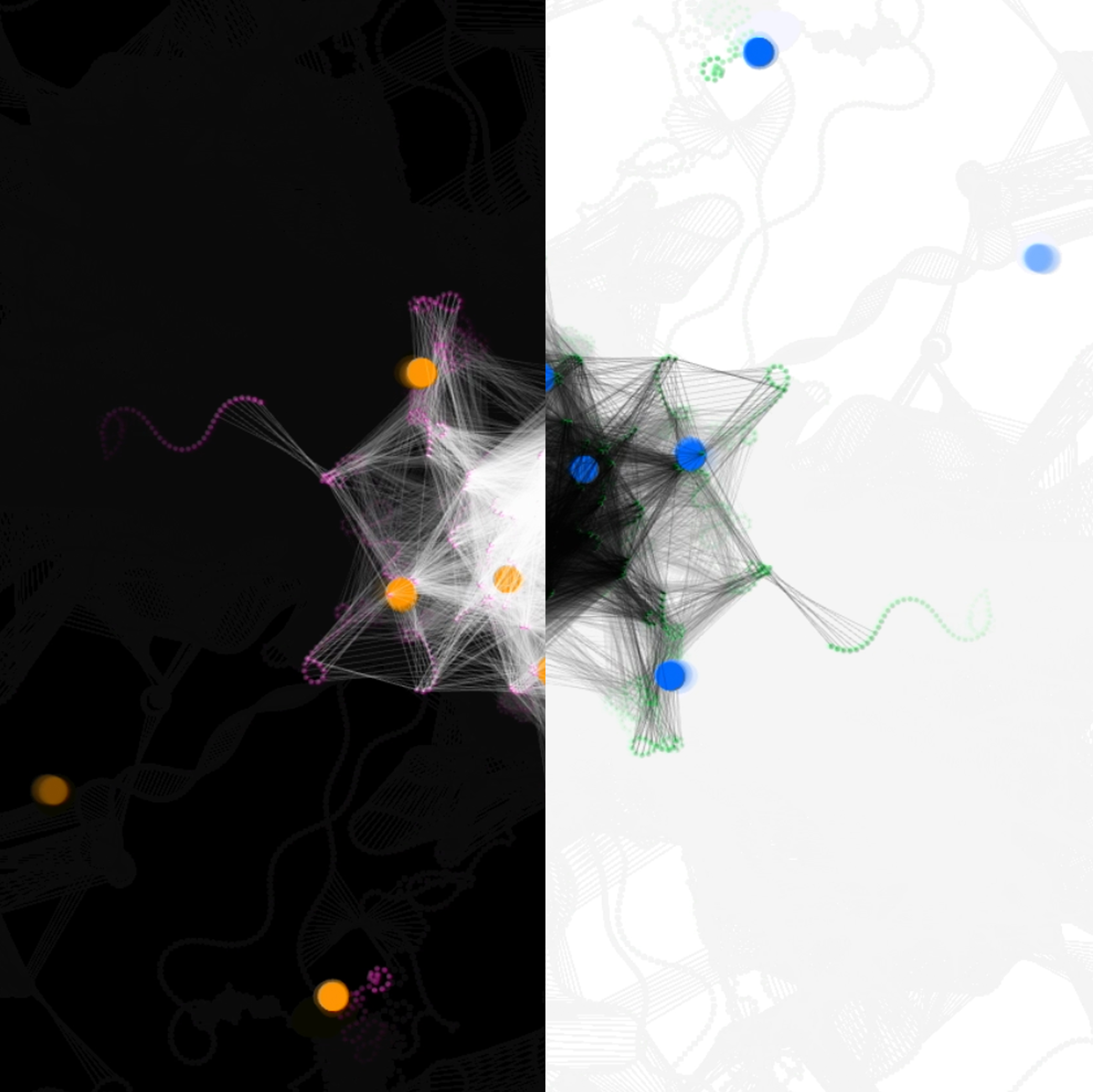
Tanya Te Miringa Te Rorarangi Ruka is a Māori artist of Ngā Puhi, Ngati Pakau and Waitaha descent. The focus of Ruka’s arts-based research practice is the development of possible net positive futures from an indigenous perspective. Exploring the inherent need to connect to nature on a deeper level living in an urban environment, Ruka examines this innate relationship to nature as a Māori artist.
Aotearoa Now (2015), Ryan Fielding, 10:30 #
Aotearoa Now is a meditative journey into the New Zealand landscape. An experimental mosaic of image and sound on it’s tenth year anniversary. Filming took place over a two month period in 2014, with locations spanning all over the country. A majority of the footage came from driving aimlessly down unknown roads, hoping for something perfectly mundane to reveal itself. Keen to discover “the real essence” of his country, filmmaker Ryan Fielding spent two months travelling around New Zealand with camera in hand.
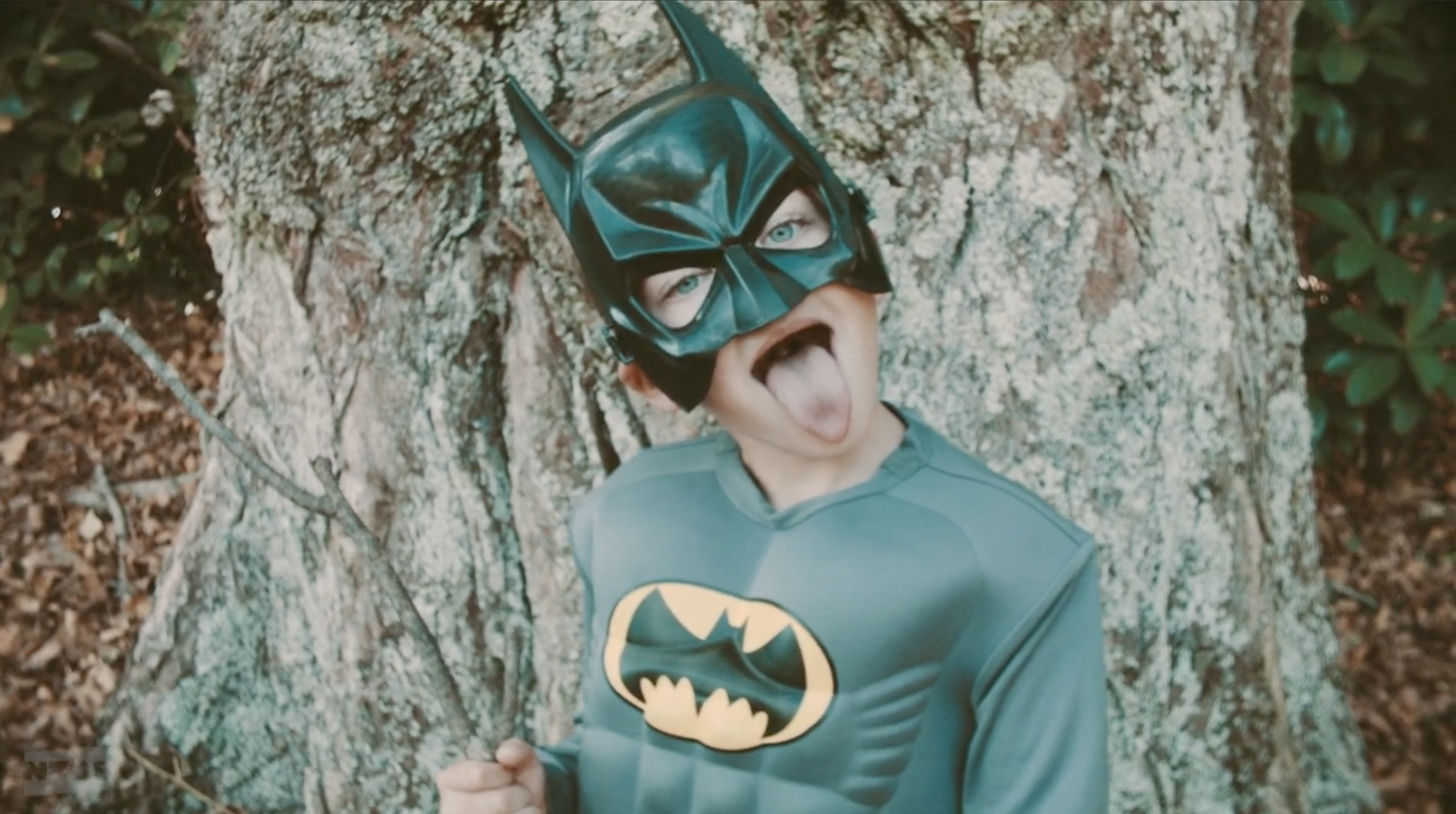
Ryan Fielding is a film director and visual artist based with his family in Whakatū Nelson.
This is a choir (2019), Sam Hamilton, 10:44 #
Performance work filmed at the Portland Art Museum, Oregon, so-called US. ‘This is a choir’ is a performance piece developed by Sam Hamilton in collaboration with the Camas High School Choir. The piece was developed through a series of acoustic ecology field workshops where the students were taken to various parts of their local watershed ecology to listen to the environment (rivers, wetlands, forests, etc), and then, once back in the classroom studio, creatively develop choral methods for replicating or interpreting what they had heard.
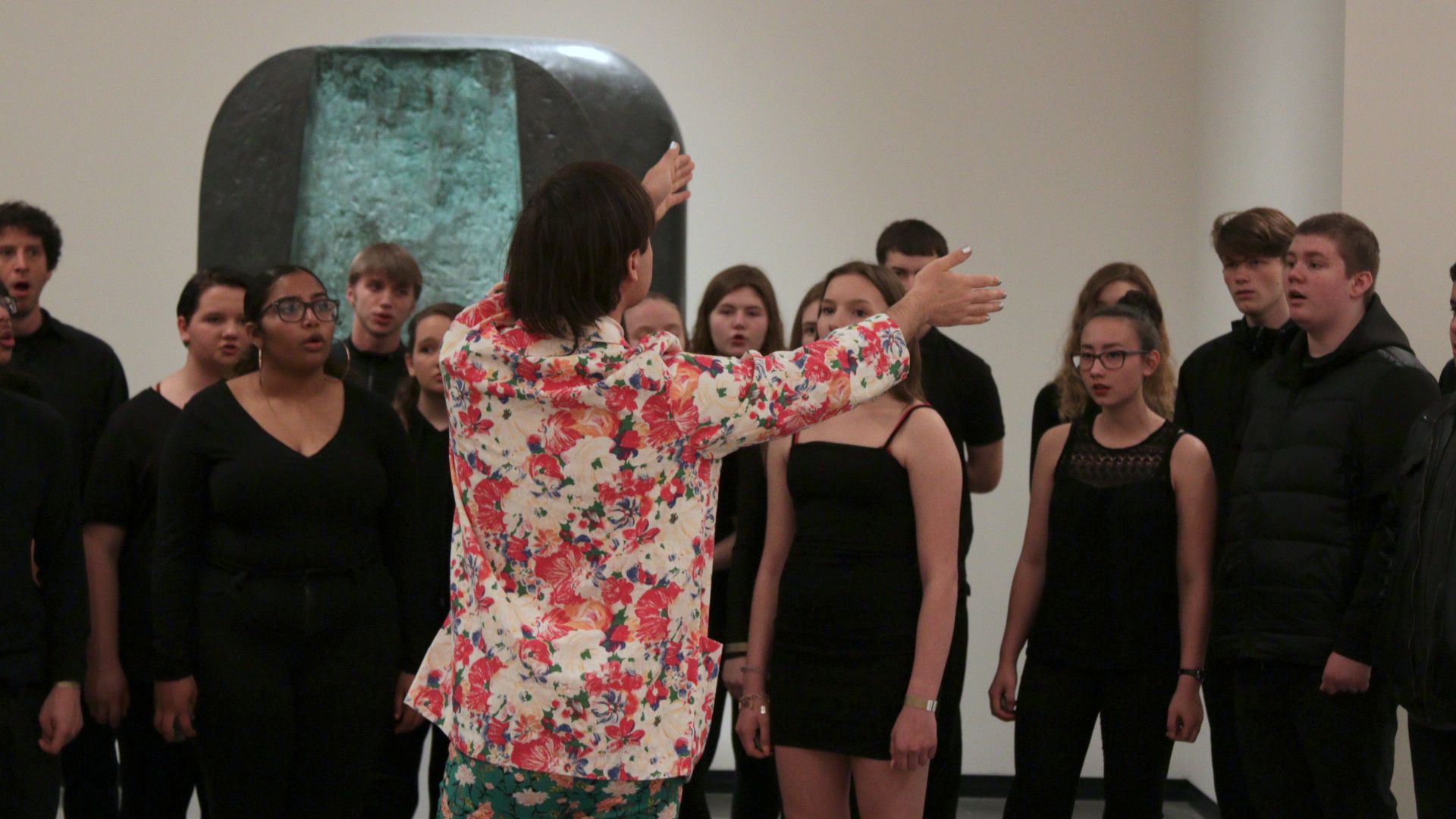
Sam Hamilton/Sam Tam Ham, is an independent interdisciplinary artist from Aotearoa New Zealand of Pākehā (English settler colonial) descent based in Portland, Oregon. Hamilton’s practice today operates more like an ecology than a discipline. A messy but verdant garden buttressed by deep subterranean continuities that, each season, support and give rise to new growth. It is a place where form - be that manifest as opera, painting, sound-works, photography, cinema, installation, writing, or social practice - is ultimately just a means to meaning. A year long song. A pregnant pause. An entrance and an exit.
––––––––––––––––––––––––––––––––––––
Where we are // 18 July - 2 August
Curated by Sophie Jerram
Whakahokia (2025), Mark Harvey, 13:55 #
Whakahokia was a beachside restoration and performance event at Kuku beach, on Sat 8th March, 2025. Participants removed invasive maram grass off a beach dune and returned it to State Highway 1, 7km away.
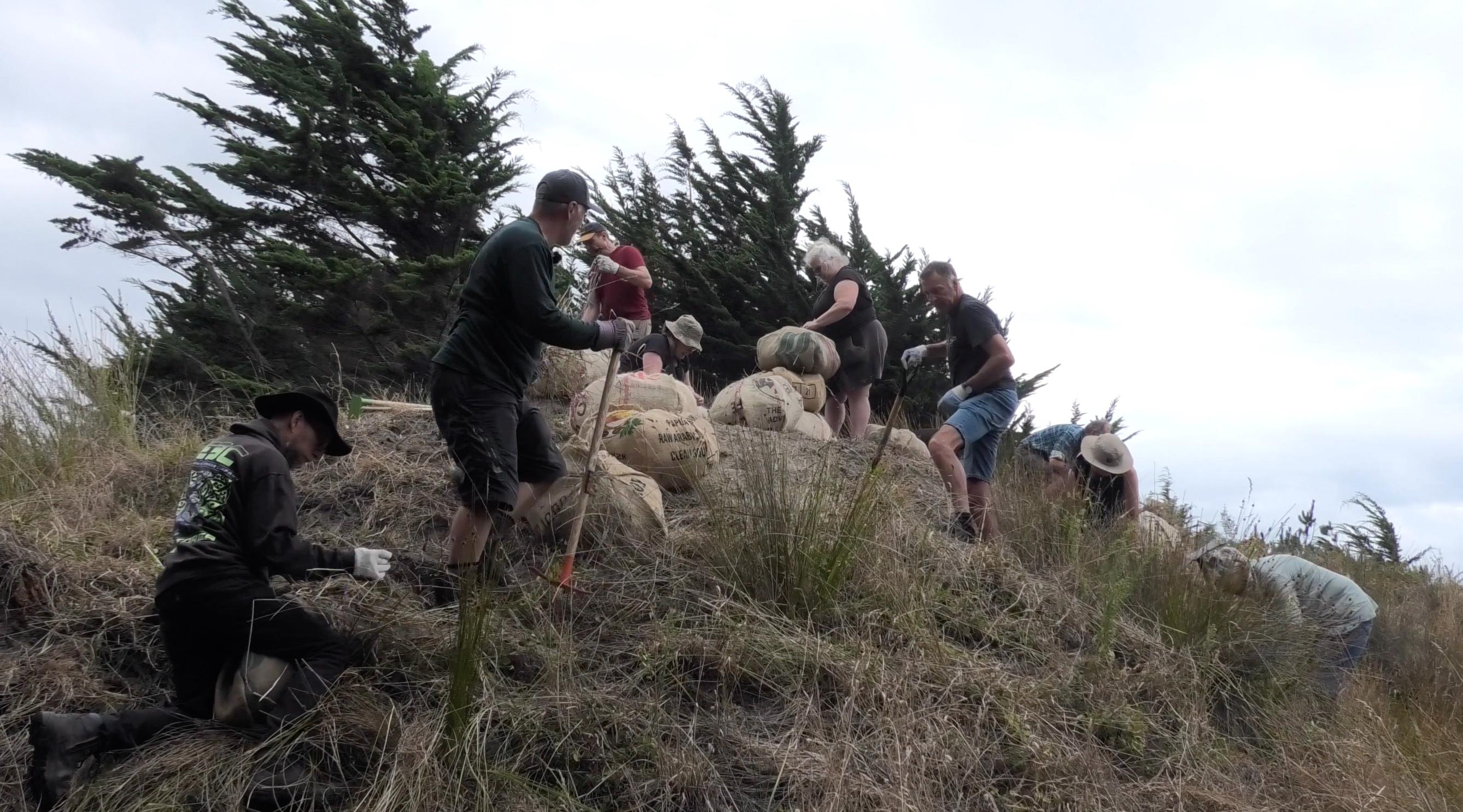
Curated by Huhana Smith, as part of Te Waituhi ā Nuku: Drawing Ecologies.With thanks to Ngāti Tukorehe iwi. Camera: Maija Stephens; Editing: Mark Harvey.
Mark Harvey is an artist working in performance and video. His practice tests out notions of endurance with constructions of idiocy, seriousness and deadpan humour, and draw from his visual arts and contemporary dance influences, in addition to ecology, social justice, te Tiriti and mātauranga Māori. He has presented in a range of contexts including Letting Space, NZ festival of the Arts, the Venice Biennale, and the Pain in the Class video art festival in Estonia.
Thronging in Three Parts (2025), Trudy Lane, 8:33 #
Filmed at the Robert Findlay Wildlife Reserve, Pūkorokoro, North Waikato Each year, thousands of migratory shorebirds arrive at Pūkorokoro Miranda from as far away as Alaska and Siberia to feed on the rich intertidal mudflats. Living by the rhythm of the tides, they move closer as the water rises and retreat across the flats as it recedes. Joining them in this tidal cycle is the dedicated team at the Pūkorokoro Shorebird Centre, who care for these birds in their southern habitat and advocate for them across the globe. Thronging in Three Parts is a meditation on these cyclical timeframes, composed from found footage captured by staff and volunteers while working at the Reserve — Chelsea Ralls, Trudy Lane, and 賴怡蒨 Emilia Lai.
Shorebirds visible in the work: Kuaka / Bar-tailed Godwit, Huahou / Red Knot, Poaka / Pied Stilt, Ngutu Parore / Wrybill, Tōrea / South Island Pied Oystercatcher, Tarāpuka / Black-billed Gull, Kōtuku Ngutupapa / Royal Spoonbill, Matuku Moana / White-faced Heron, Turnstone, White-fronted Tern, Taranu / Caspian Tern, Tōrea Pango / Variable Oystercatcher.
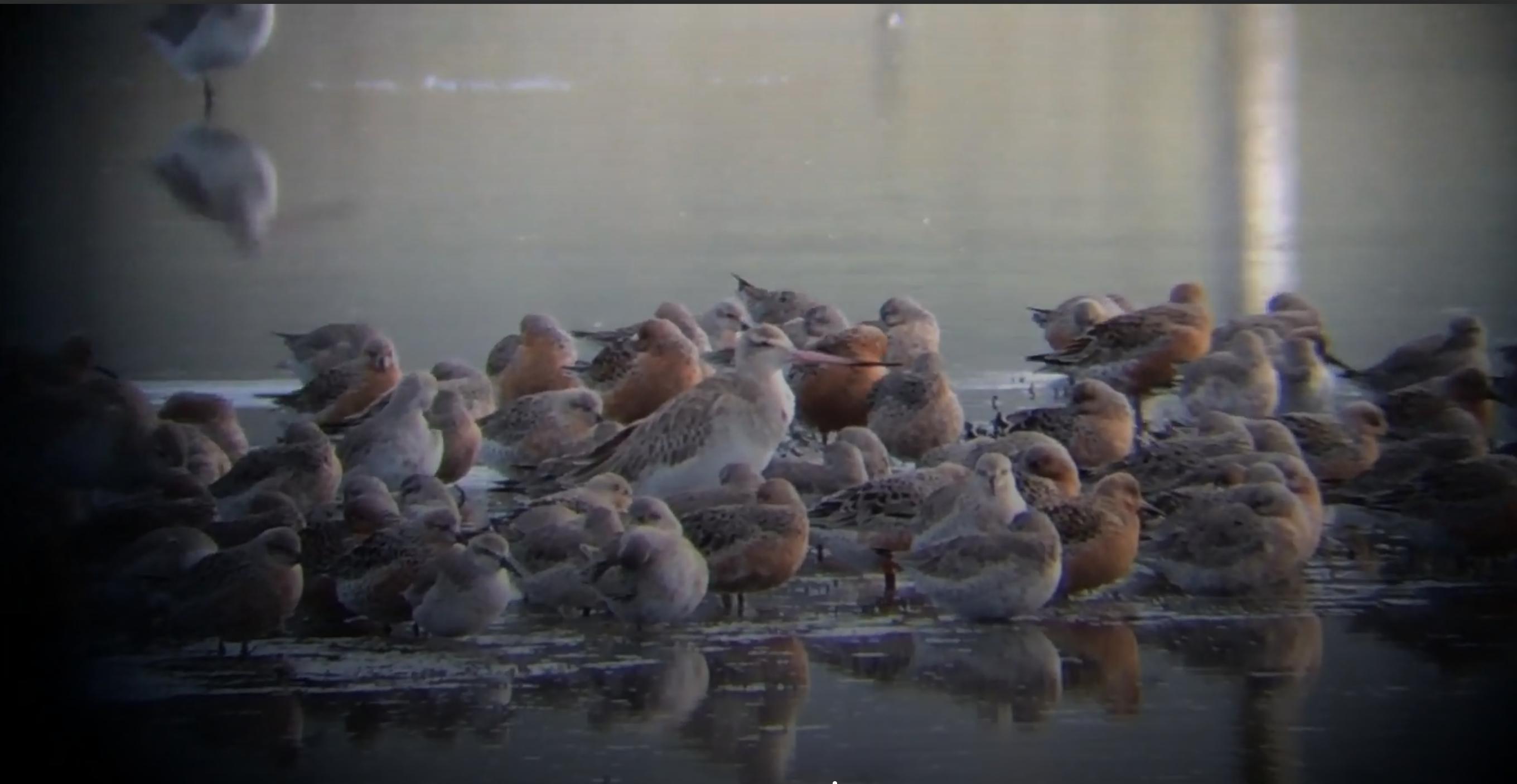
Trudy Lane is a cultural producer and creator working at the intersection of science, art, and community. She co-chairs Intercreate.org and is interested in poetic-pragmatic approaches through which creativity can directly support local ecologies — deepening our relationships with place, with each other, and across the complex social and historical layers we inhabit.
Ghosts (2018), Misagh Azimi, 13:33 #
Ghosts explores the sonic response of a space to the composer’s music in the immediacy of the present. Originally composed in 2018 for the die digitale festival at Kunstraum Düsseldorf, the piece was composed to accompany contemporary dance and visual art. Through a slow, morphing development, Ghosts meditates on themes of time – bridging past and future. At moments it demands the listener’s full attention; at others, it invites introspection, drifting, and a heightened awareness of the surrounding space. In this shifting dynamic, the work summons the “ghosts” that linger – memories, anticipations, and echoes of what was and what might be.
Misagh Azimi is a composer, researcher, and interdisciplinary artist based in Aotearoa New Zealand. His compositional work centers on music for the stage and visual media. In his research, he explores the creative potential of artificial intelligence, the development of new technologies for music-making, and a critical engagement with the role of technology in musical practice – examining questions of labor, authorship, and technofeudalism.